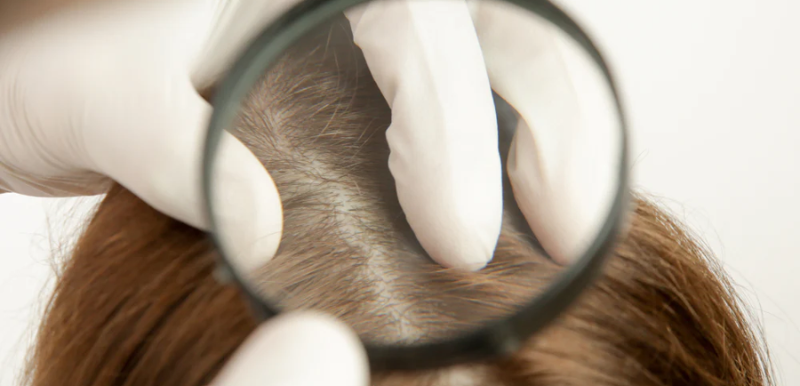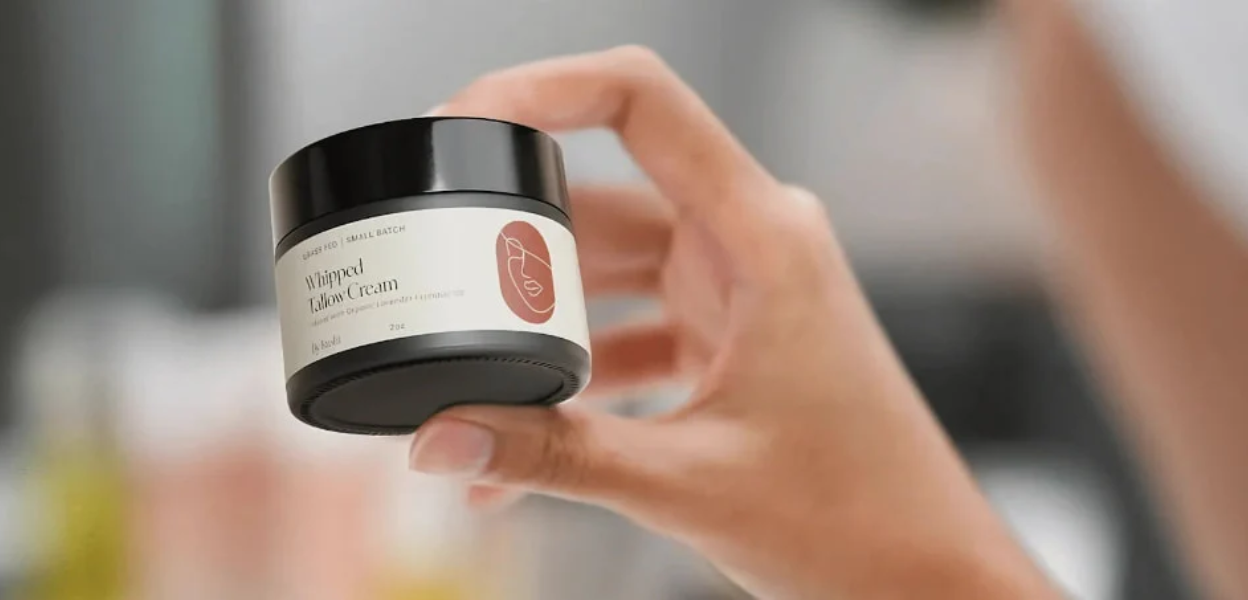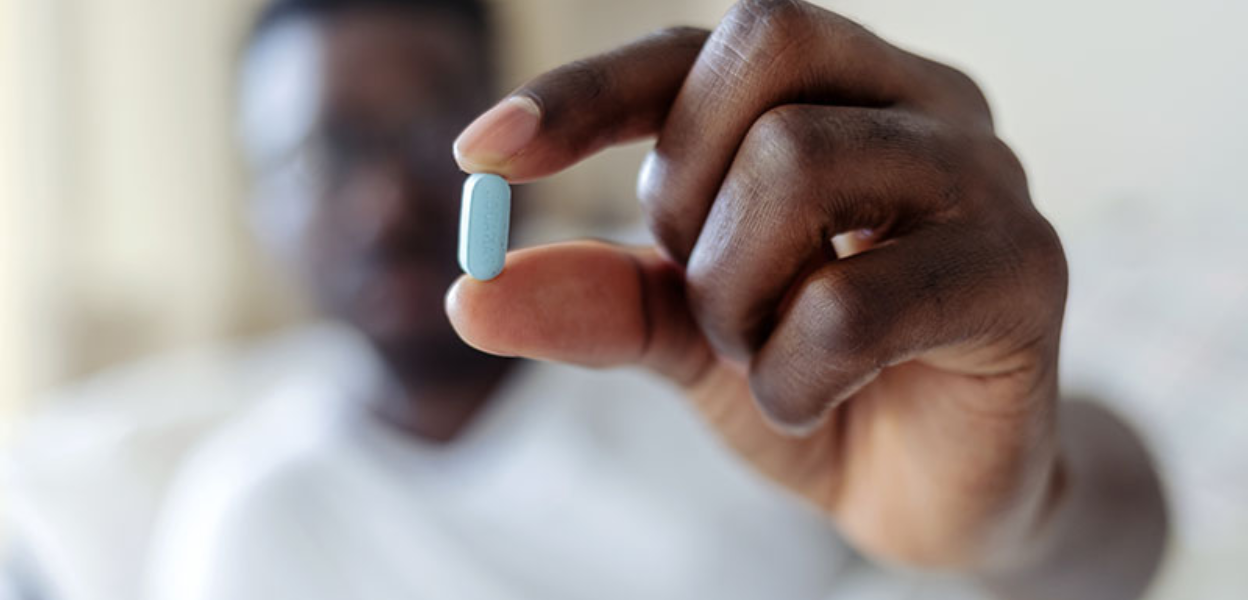Why Your Scalp Might Be the Reason Your Hair Is Not Growing
Before you buy another serum, look at your scalp. That’s where healthy hair starts.
You’ve switched shampoos, splurged on the latest hair masks, and even tried trimming more often, but your hair just won’t grow the way you want it to. If this sounds familiar, you might be focusing on the wrong part of your hair care routine. The truth is, the health of your scalp plays a much bigger role in scalp and hair growth than most people realize.
Think of your scalp as the soil for your hair. Just like a plant won’t thrive in unhealthy soil, your hair won’t grow in a neglected scalp environment. If you’ve been treating your strands without addressing what’s happening at the root, it could explain why your progress is stalled.
The Scalp Is the Root of Every Hair Problem
The scalp is an extension of your skin, but it's often left out of self-care routines. And yet, it's where every strand of hair begins. Beneath the surface, each follicle needs oxygen, nutrients, and space to grow. When the scalp is congested, inflamed, or imbalanced, it directly affects your hair’s ability to grow strong and long.
Good scalp health consists of creating a balanced, breathable environment where follicles can thrive. When you prioritize your scalp the way you do your skincare, you’ll start to see real changes.
How to Know If Your Scalp Isn’t Healthy
We’re pretty good at noticing when our skin needs extra care, but what about the skin beneath our hair? Your scalp might be trying to tell you something. An itchy scalp and hair loss often show up together. Tenderness, flaking, or even just a feeling of tightness are signs your scalp might be inflamed or out of balance. Changes in how oily or dry your scalp feels can also be a signal that something’s off internally or externally.
A common question people ask is, can dry scalp cause hair loss? The answer is yes. When the scalp becomes too dry, it compromises the protective barrier that supports the follicles. This can lead to inflammation, poor circulation, and weaker hair over time.
Why Buildup and Poor Circulation Stunt Growth
Between styling products, pollution, and natural oils, your scalp is constantly accumulating buildup. Without proper cleansing and stimulation, this residue clogs follicles and suffocates new growth. Over time, hair becomes thinner, more fragile, and less responsive to treatments.
Another major factor in scalp and hair growth is blood circulation. Your scalp needs consistent blood flow to deliver oxygen and nutrients to the roots. When circulation is poor, often from tension, lack of massage, or even posture, your follicles don’t get what they need to function optimally.
Scalp Massage Really Does Make a Difference
Massage is restorative. Gentle scalp massage helps boost circulation, reduce stress, and loosen buildup. It stimulates the follicles, helping kick start sluggish hair growth.
If you want to level up your routine, consider a scalp roller for hair growth. These tools use tiny needles to gently micro-stimulate the scalp and promote collagen production. Used consistently, they help rejuvenate the scalp and make treatments more effective.
Natural Ingredients That Support a Healthier Scalp
You don’t need a complicated cocktail of products to nourish your scalp. Sometimes, a few clean, targeted ingredients are all you need. Tea tree oil is known for its antimicrobial properties and helps reduce flakiness and irritation. Peppermint oil stimulates circulation and soothes inflammation. Aloe vera hydrates while calming the skin.
Jojoba and rosemary oils are also popular in scalp oil blends for their ability to balance sebum production and encourage growth. A warm oil treatment once or twice a week not only feeds the scalp but also provides the perfect opportunity for a relaxing massage.
Are You Washing Your Scalp the Right Way?
Sometimes the issue isn’t what you’re using but how often you’re using it. Washing your hair too frequently can strip your scalp of its natural oils, causing it to overproduce oil or become dry and flaky. On the other hand, not washing enough lets buildup collect, leading to clogged follicles and irritation.
A smart scalp treatment routine starts with balance. Use a gentle, sulfate-free cleanser a few times a week, and add in a clarifying wash every 7–10 days if you use heavy styling products. Rinsing thoroughly and avoiding product overload can also prevent residue from accumulating.
One of the most overlooked scalp health tips is that shampoo is for your scalp, not your hair. Focus your cleansing efforts at the roots and let the suds rinse through the ends, this simple change can make a huge difference over time.
The Stress Connection No One Talks About
When life gets stressful, your skin and scalp often pay the price. Increased cortisol levels from ongoing stress can lead to inflammation, poor circulation, and hormonal imbalances, all of which show up on your scalp.
This inflammation can trigger or worsen scalp conditions like psoriasis or dermatitis and contribute to shedding. And if your hair loss worsens during stressful times, you’re not imagining it. The connection between how to improve scalp health and reducing stress is very real.
Carving out time to care for your scalp, whether through massage, mindful washing, or calming oils isn’t just about aesthetics. It’s a way to calm your nervous system and restore balance from the top down.
When and How to Exfoliate Your Scalp
Just like your face, your scalp benefits from regular exfoliation. Dead skin cells, oil, and product buildup can block hair follicles and prevent nutrients from reaching your roots.
You can exfoliate physically, using gentle scrubs, or chemically, with salicylic acid or enzymes. Both methods work when done correctly and not too frequently. Once a week is usually enough to reset your scalp without causing irritation.
After exfoliating, always follow up with a nourishing scalp oil to replenish moisture and soothe the skin. This duo of cleansing and moisturizing creates a balanced environment for hair to grow freely and fully.
Your scalp deserves the same care and attention you give the rest of your skin. It’s the foundation of scalp and hair growth, and it responds best to consistent, gentle, and nourishing routines. From using the right oils and exfoliating properly to understanding how lifestyle and stress play a role, the path to better hair growth doesn’t start with a miracle product, it starts at the root. Literally.
If you’ve been stuck in a cycle of hair frustration, it might be time to stop chasing external fixes and start listening to what your scalp actually needs.
For more beauty insights, follow FlexGlimpse.
Related Blogs
Kushi Beauty’s Whipped Tallow Cream Could Be the Skin Reset You Didn’t Know You Needed
This tallow-based cream from Kushi Beauty is gaining traction in clean skincare. Here’s what’s inside, who it suits, and if it holds up to the hype.
The Truth About SkyRX and FDA-Approved ED Meds Every Man Should Know
SkyRX sells generic ED meds online, but how does it hold up when you dig into cost, legitimacy, and real service details? Here's what surfaced.
The Coziest Sleep Gifts to Wrap Up This Christmas
This Christmas, give the sleep gifts from Manta Sleep. Their sleep masks, earplugs, and white noise machines help your loved ones sleep better. These gifts are perfect for anyone who needs extra comfort. Mantasleep makes it easy to turn every night into a cozy experience.




